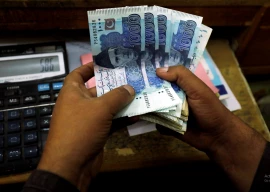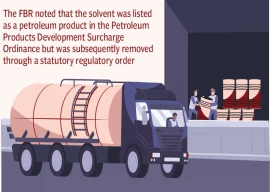
A significant decline in cotton production in Sindh has raised concerns among farmers and the entire cotton sector. As of July 31, cotton production in Sindh has decreased by 47%, leading to fears of a record drop in the country's overall cotton yield.
According to Cotton Ginners Forum Chairman Ehsanul Haq, this decline is largely due to the widespread use of various new, substandard, and uncertified cotton seeds by many farmers in Sindh instead of certified seeds.
This issue is particularly noticeable in major cotton zones such as Sanghar, Badin, Mirpurkhas, Hyderabad, and Umerkot, where last year's early cotton planting resulted in an exceptional yield of 4.114 million bales, exceeding the target of 4 million bales by 119%.
However, this year, the use of uncertified seeds has led to a significant drop in Sindh's cotton output, potentially impacting the overall production. He said other contributing factors to the decline in Sindh's cotton production could include reduced planting areas and adverse weather conditions.
Over the past few years, Punjab's cotton crop has consistently fallen short of targets due to various reasons, while Sindh's production, especially from February/March plantings, had been strong, ensuring a steady supply of cotton to textile mills throughout the year.
Ehsanul Haq urged the federal government to reduce the required germination rate for "basic" and "pre-basic" seeds produced by government agricultural institutions from 80% to 70%, as unfavorable weather conditions have significantly affected seed germination.
"This reduction would help address the challenges seed companies face in producing certified seeds, ultimately improving per-acre cotton yield and strengthening the country's agricultural economy," he added.
The germination rate is the percentage of seeds that successfully sprout and develop into seedlings under optimal conditions. It is a key indicator of seed quality and viability.
A high germination rate indicates good quality seeds that are likely to produce healthy plants, while a low germination rate suggests that a significant portion of the seeds may not sprout or grow properly.
"Basic" and "pre-basic" seeds refer to different stages in the seed certification process, which ensures the genetic purity, quality, and health of seeds used for planting. These terms are part of a controlled system used to maintain and multiply seeds with high genetic and physical quality.



















COMMENTS
Comments are moderated and generally will be posted if they are on-topic and not abusive.
For more information, please see our Comments FAQ